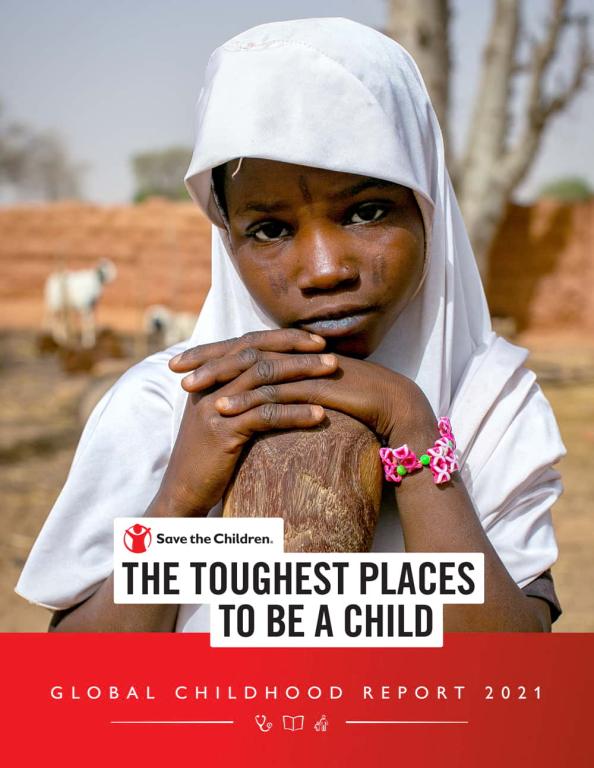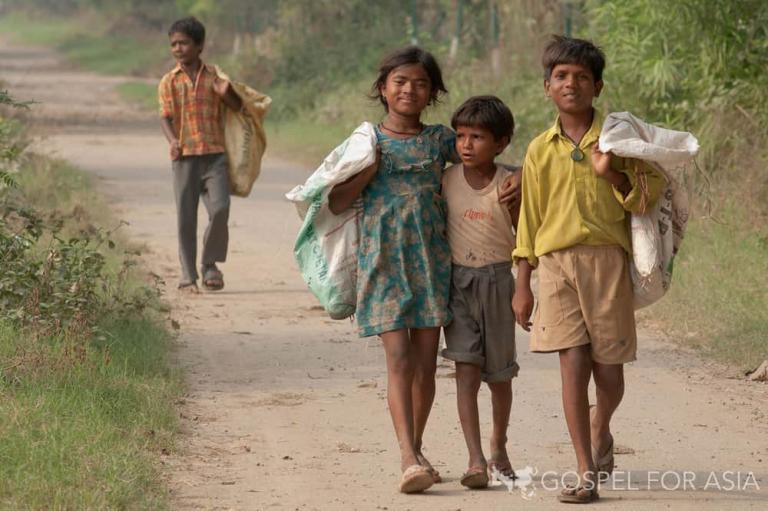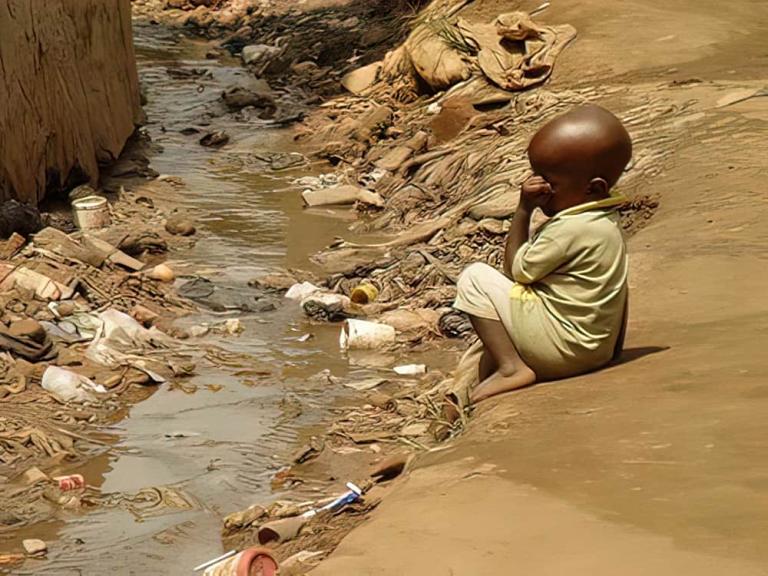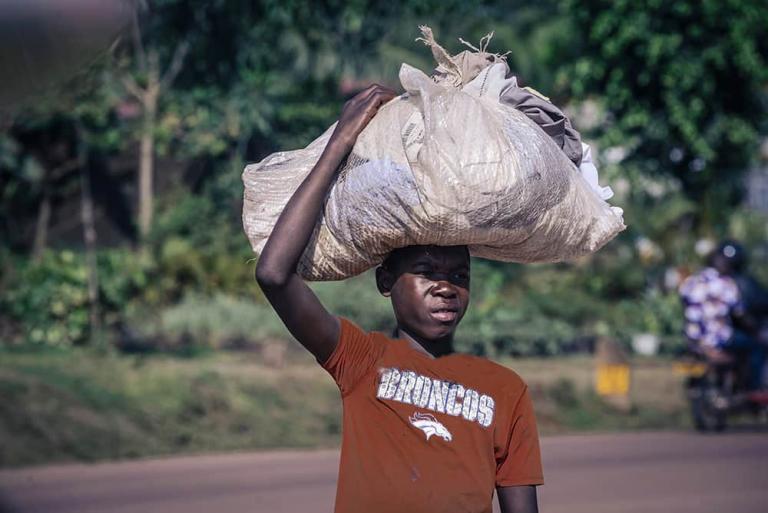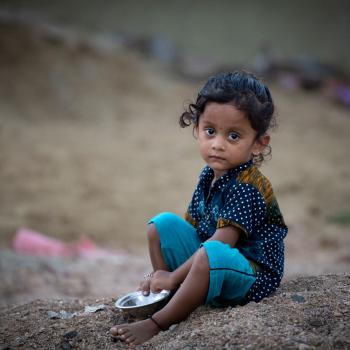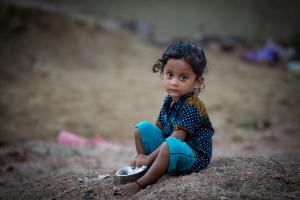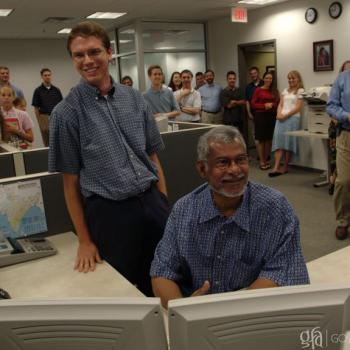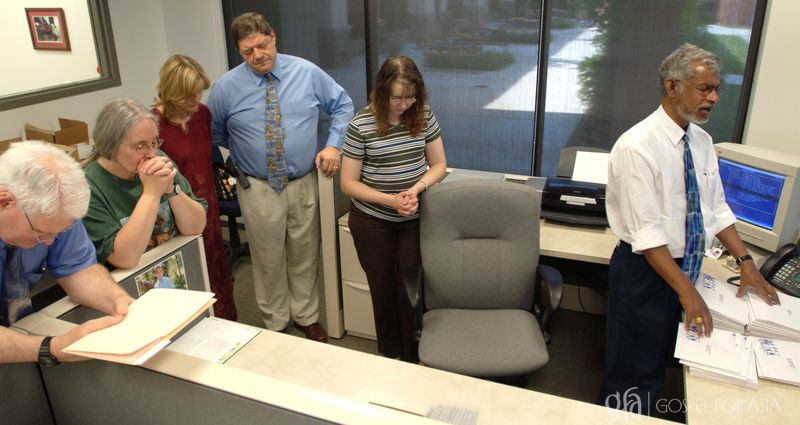WILLS POINT, TX – GFA World (Gospel for Asia) founded by K.P. Yohannan, which inspired numerous charities like GFA World Canada, to assist the poor and deprived worldwide, issued this third part of a Special Report on Child Sponsorship — Does it Lift the Young Out of Poverty?
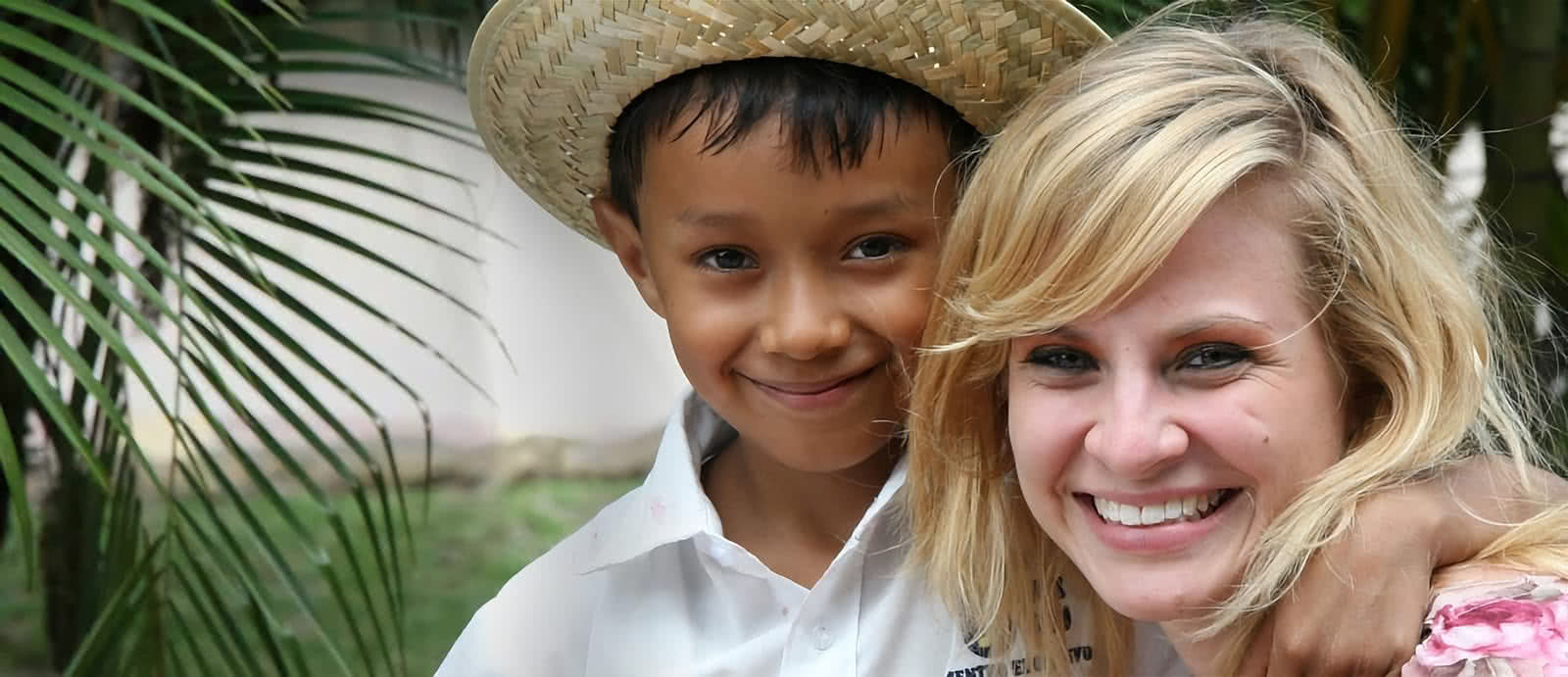
Long-Term Success
Success stories can be recent, like Neale’s in South Asia, or long-term, like Peace Ruharuza’s in Uganda, although the latter tends to illustrate the lasting impact of child sponsorship. Another example of ongoing success comes from Uganda where Phanuel Mwami is a father, social worker and leader of a community development organization in his hometown. But before a ChildFund (formerly Christian Children’s Fund) sponsor helped change the direction of his life, it was full of hopelessness.41
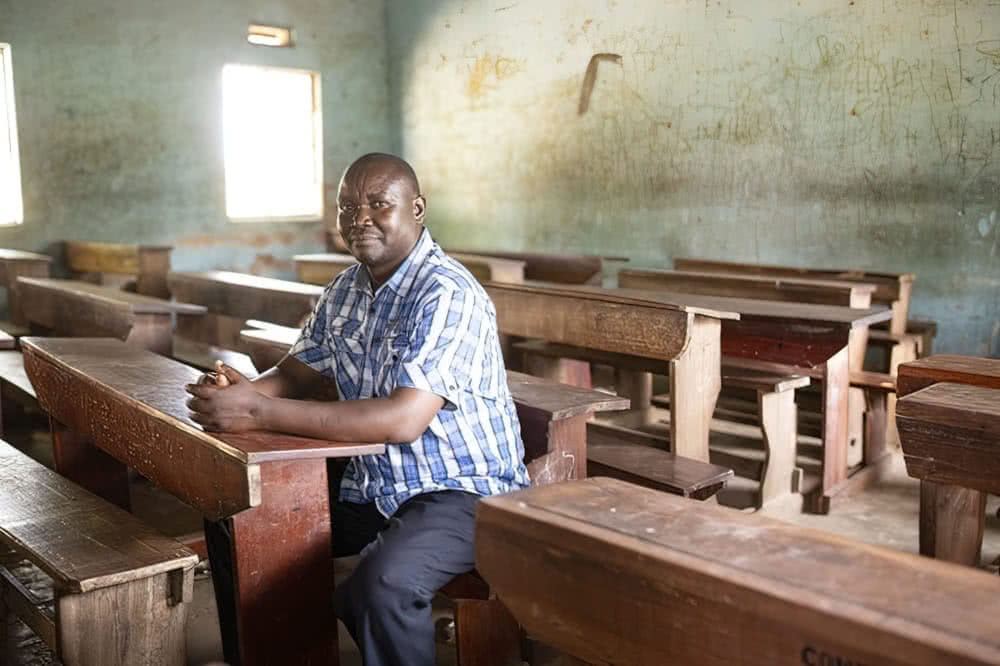
The sixth of nine children, Phanuel was the son of subsistence farmers who grew cotton and other crops on a small plot of land. Education in rural Uganda was not free or compulsory then (the country launched a free primary school program in 1997). With his parents unable to afford any kinds of supplies, by the age of eight, Phanuel had lost all hope of attending school.42
The family had other priorities, such as food, clothing and basic shelter.
“When it would rain, one of our older sisters would tell us to hold the walls of the house so they would not fall on us,” he said. “I feared the abject poverty we were living in. I could have died because of a lack of essential services.”43
That all changed in 1982 when a stranger named Bernard James decided to sponsor a child, which enabled Phanuel to enroll in a school that ChildFund had built using sponsorship funds. It was there Phanuel learned to read and write. The school also provided him with uniforms, books, supplies and nourishment. It also helped him survive when his father’s alcohol abuse drove his mother to move out in 1985 and take his other siblings with her.
He chose to stay, afraid following his mother would mean losing his place in the sponsorship program and a chance to get an education. It proved to be a wise decision: Phanuel excelled at school, found odd jobs, and saved enough money to pay his way through secondary school. A member of the school board who noticed his academic prowess took him into her home. Continuing gifts from his sponsor enabled him to buy a goat.
The now 48-year-old man went on to earn scholarships to attend university, where he studied sociology and social administration before he went on to pursue a career in social work. In 2010, Phanuel launched a nonprofit in the same community where he grew up. It supports more than 100 children in accessing an education.44
“I don’t want any child under my care to experience what I experienced,” he said. “Sponsorship opened up my opportunities. It enabled me to live the life I always dreamed of, and now, I am dedicating my life to helping others.”45
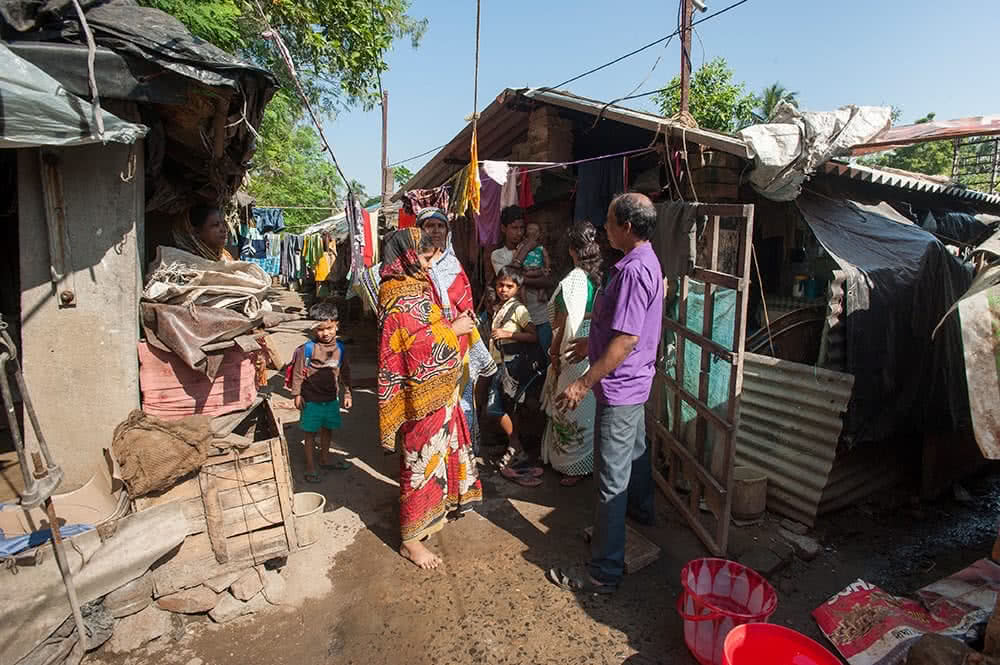
Recent Triumphs
With its sponsorship program launching in 2004, GFA World’s successes are more recent. Still, to date, the organization has helped a total of 142,000 children. During the pandemic-plagued year of 2021, more than 2,200 students in GFA World’s Child Sponsorship Program graduated from high school and began pursuing a path to a better future.
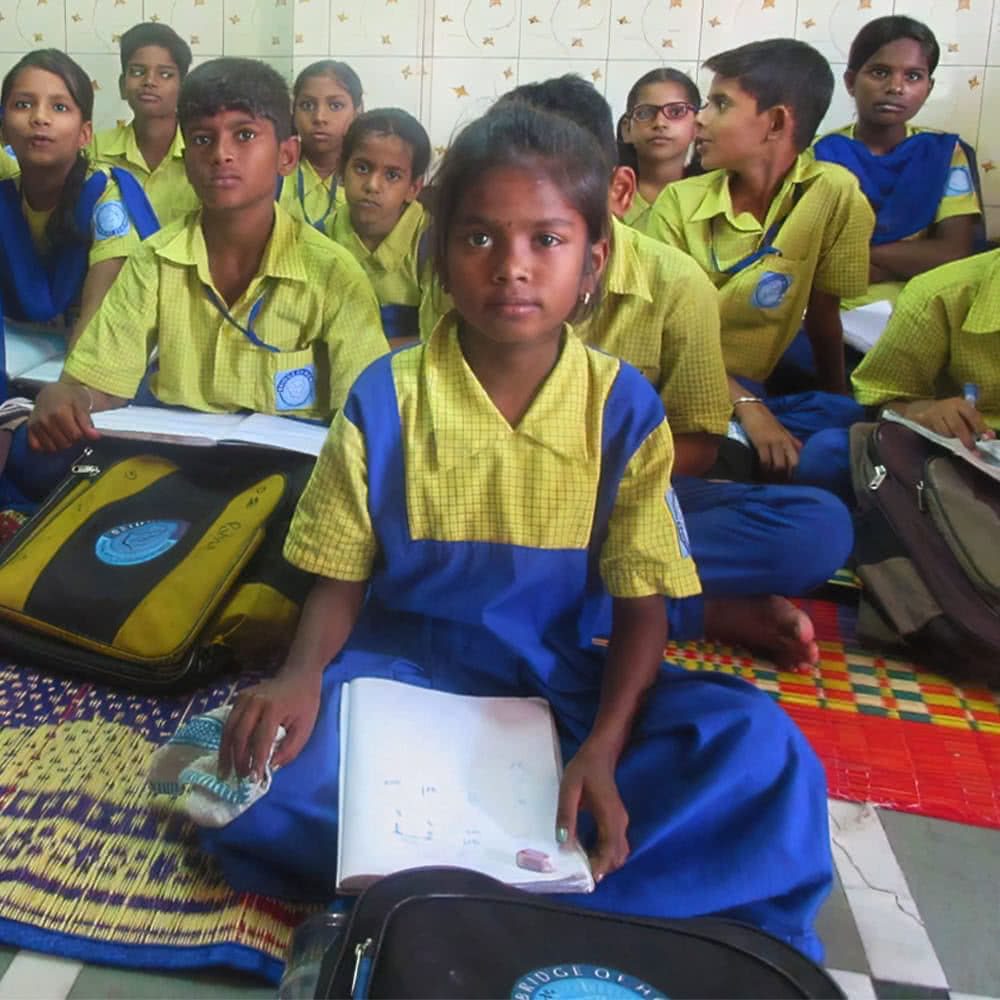
Kasni
Among stories of those receiving help is Kasni, who lives in a village in South Asia. The oldest of four children, she was left in charge when her mother, Dayita, went to work each day in the jungle. (Dayita was forced to do so because her husband’s alcohol addiction made him so sick he couldn’t work or even get out of bed.) Gathering firewood from the forest to sell in the market, Dayita made very little money, meaning her children often went to bed hungry.
When Gospel for Asia (GFA World) sponsorship workers visited the village and heard about Kasni’s plight, they were able to help her get enrolled in the program. She began attending tutoring classes in the afternoons after spending mornings caring for her siblings. The program reduced Dayita’s financial burden and provided her daughter with nutritious food and school supplies.46
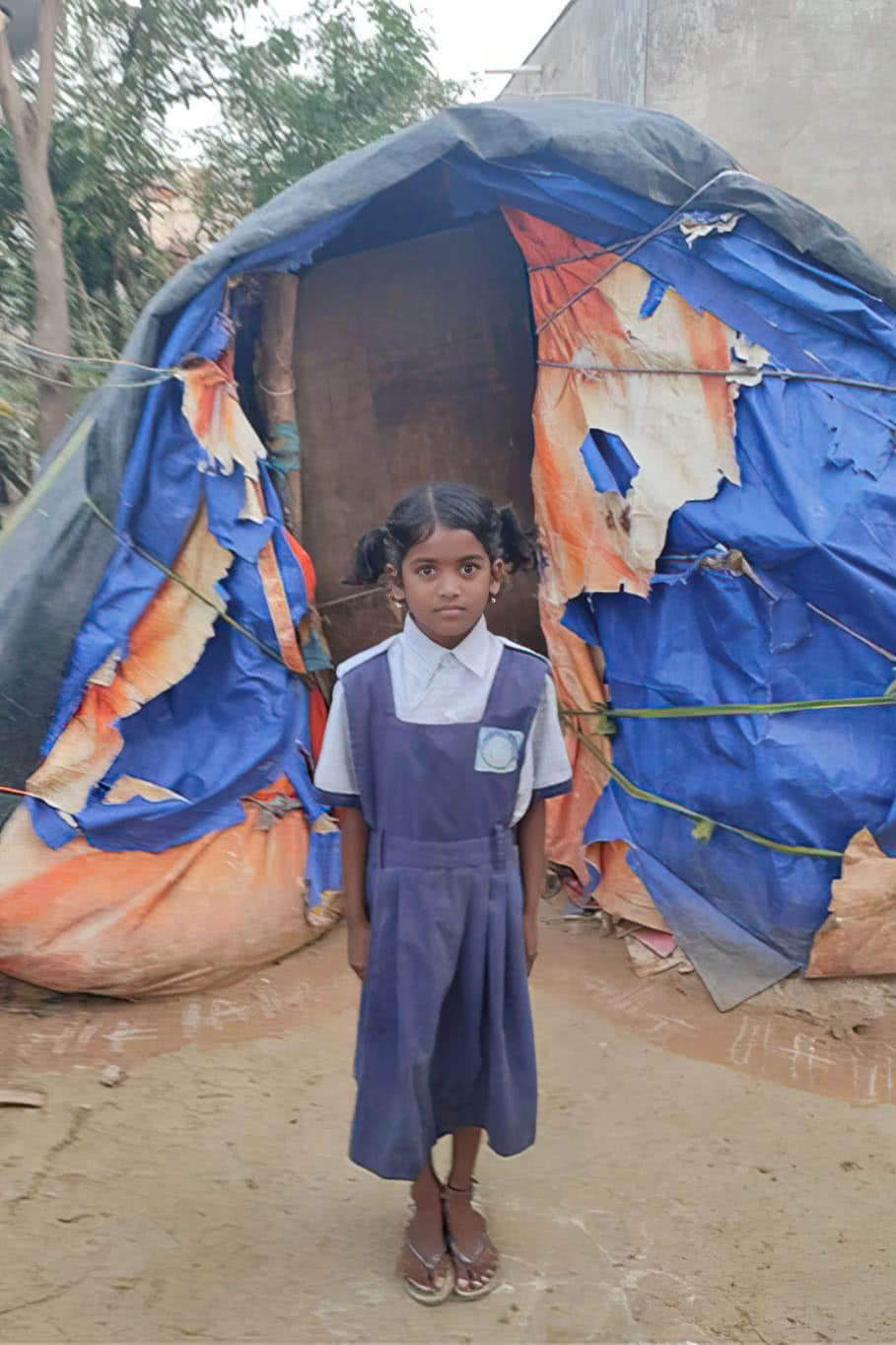
Divena
Another stirring story involves Divena, already facing an uncertain future at the age of five after her mother deserted the family. Her father would leave Divena and her brother alone for weeks at a time while he worked as a truck driver. One day, a Gospel for Asia (GFA World) social worker visited children in Divena’s area. When this worker passed by the little girl playing in the mud outside her tarp-covered home, the worker felt pity for her.
The woman helped get Divena and her brother into GFA’s sponsorship program.
That meant a daily meal along with adult supervision and guidance, school supplies, and free school tuition. Today, Divena dreams of a brighter future.
“I was totally discouraged when my mother left us alone,” the girl said. “It was very difficult for me and my brother to live without her. We starved many days, and our father also could not look after us. Whenever I saw the children going to school, I felt very sad. However, today [GFA’s sponsorship program] has become a blessing to me and my brother.”47
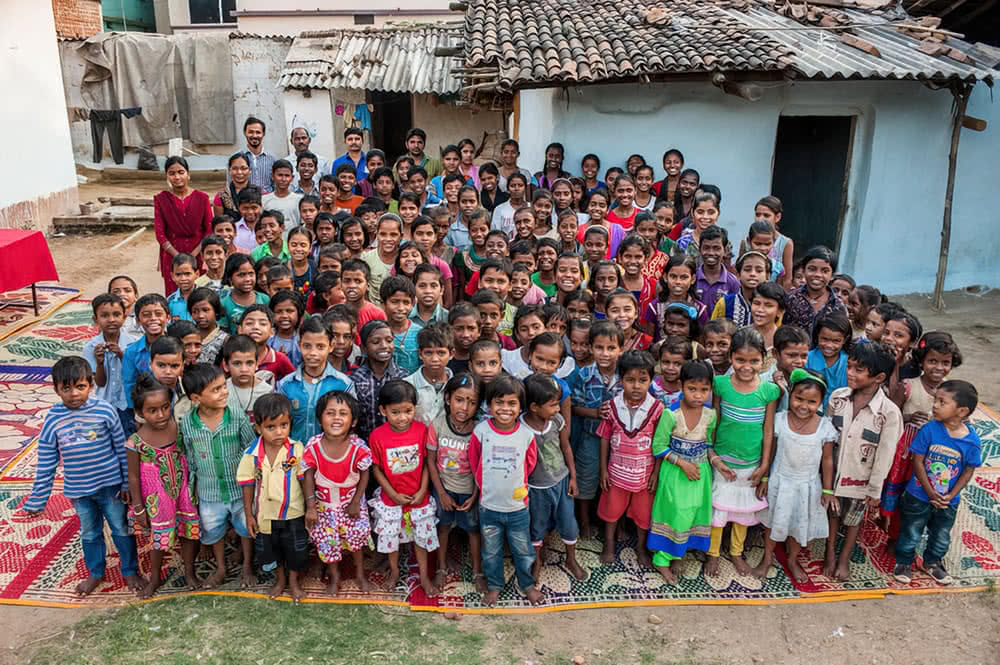
Bir
GFA World’s founder, K.P. Yohannan (Metropolitan Yohan), said sponsorship helps children overcome the stigma of poverty and the low self-esteem that often accompanies those from deprived circumstances. In his 2020 memoir, Never Give Up, he wrote about children like Bir, who scavenged plastic bags for his parents while believing he was as worthless as the trash he sorted48.

GFA World Founder
“When a Gospel for Asia (GFA World) Sponsorship Program center opened in his village, Bir and his friends discovered they were created for a higher purpose and that God loves them,” Yohannan said. “This knowledge sets kids free and completely transforms their lives. It’s critical that this generation does not give up and that it’s empowered to break free from the stranglehold of poverty.”49
You can be part of the solution that is setting children free from a life of poverty. Simply visit the GFA World website: https://www.gfa.org/sponsorachild/. You can sponsor a child living in South Asia or Africa. You can also find a child who shares your birthday or pick a child to sponsor who has a specific age or gender. Your decision to sponsor can make a substantial difference in the life of an impoverished or underprivileged child.
About GFA World
Gospel for Asia (GFA World) is a leading faith-based global mission agency, helping national workers bring vital assistance and spiritual hope to millions across the world, especially in Asia and Africa, and sharing the love of God. In a typical year, this includes thousands of community development projects that benefit downtrodden families and their children, free medical camps conducted in more than 880 villages and remote communities, over 4,800 clean water wells drilled, over 12,000 water filters installed, income-generating Christmas gifts for more than 163,000 needy families, and teaching to provide hope and encouragement in 110 languages in 14 nations through broadcast ministry. GFA World has launched programs in Africa, starting with compassion projects in Rwanda. For all the latest news, visit the Press Room at https://gfanews.org/news.
Read the rest of this GFA World Special Report: Child Sponsorship — Does it Lift the Young Out of Poverty? — Part 1, Part 2
Read more blogs on Child Sponsorship, Poverty Alleviation, Children’s Education and GFA World Special Reports on Patheos from Gospel for Asia.
Learn more about Gospel for Asia: Facebook | YouTube | Instagram | LinkedIn | SourceWatch | Integrity | Lawsuit Update | 5 Distinctives | 6 Remarkable Facts | 10 Milestones | Media Room | Malaria Vaccine | Endorsements | 40th Anniversary | Lawsuit Response | International Offices | Missionary and Child Sponsorship | Transforming Communities through God’s Love
Notable News about Gospel for Asia: FoxNews, ChristianPost, NYPost, MissionsBox
Read what 30 Christian Leaders are affirming about Gospel for Asia.
This Special Report originally appeared on gfa.org.
Footnotes:
- “Child Sponsorship Changes the Story for Phanuel.” ChildFund.org. https://www.childfund.org/Content/StoryDetail/17179871321/. January 20, 2022.
- Ibid.
- Ibid.
- Ibid.
- Ibid.
- “An Education They Never Dreamed Of.” GFA World News. https://www.gfa.org/news/articles/an-education-they-never-dreamed-of/. May 2016.
- “Neglected Girl Replaces Mud Canvas with Paper, Pencils.” GFA World News. https://www.gfa.org/news/articles/neglected-girl-replaces-mud-canvas-with-paper-pencils/. May 2020.
- Yohannan, K.P., “Never Give Up” GFA Books. https://nevergiveupbook.org/. April 1, 2020.
- Ibid.


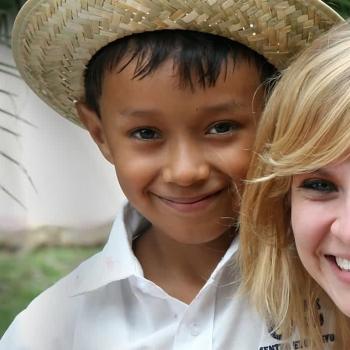
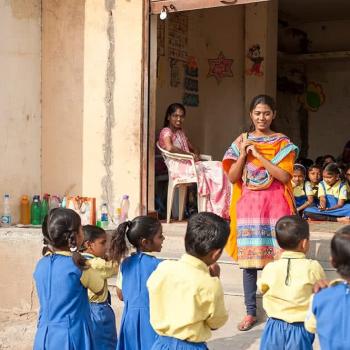
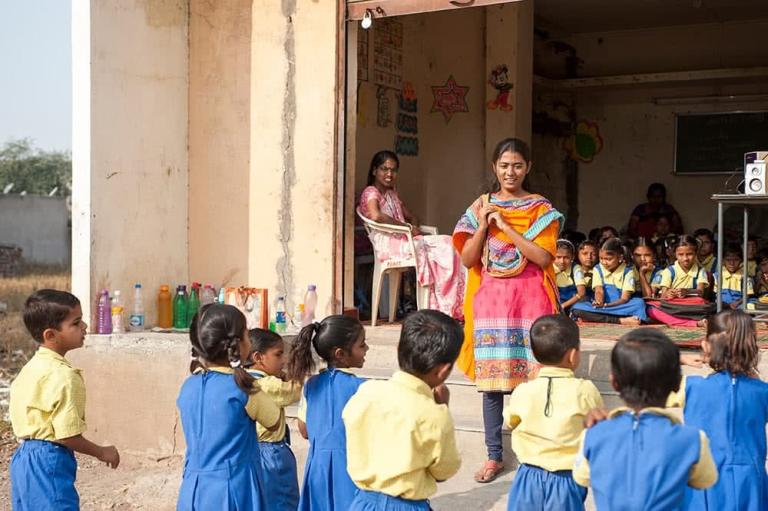
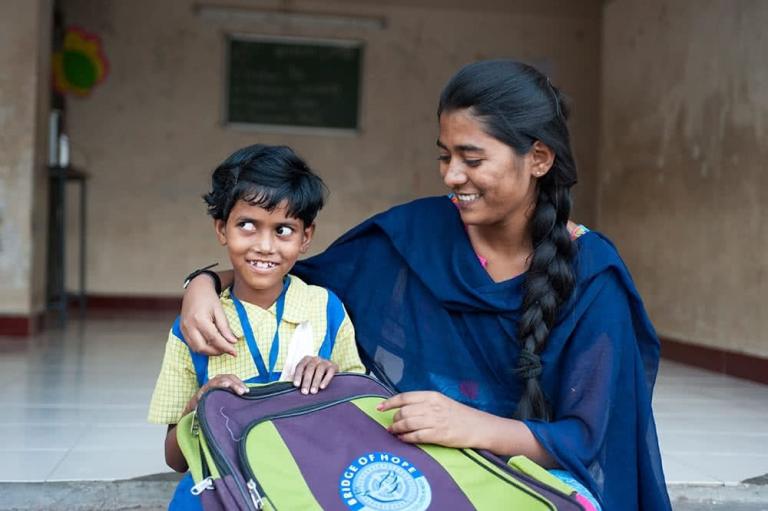
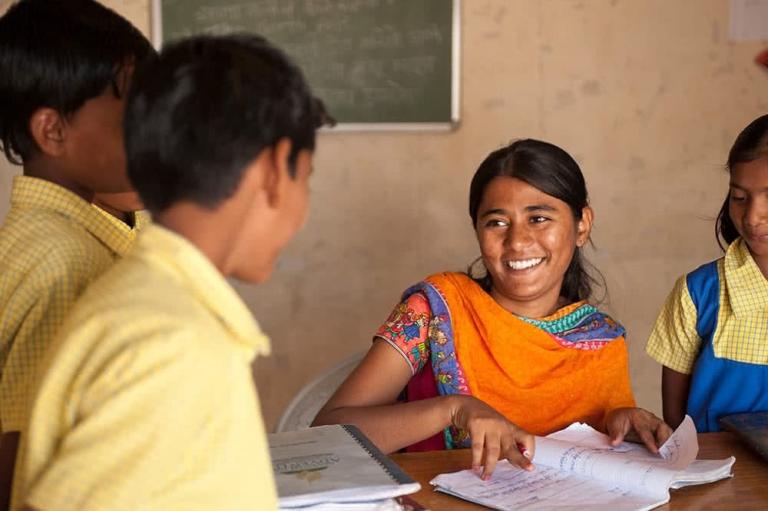
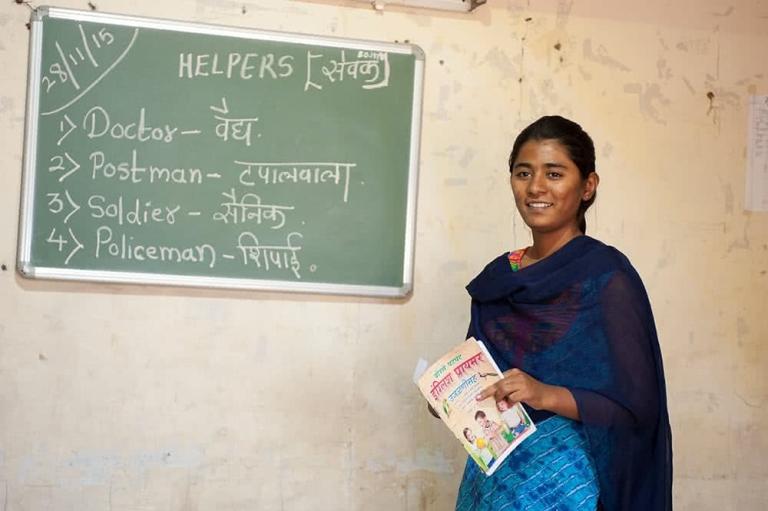

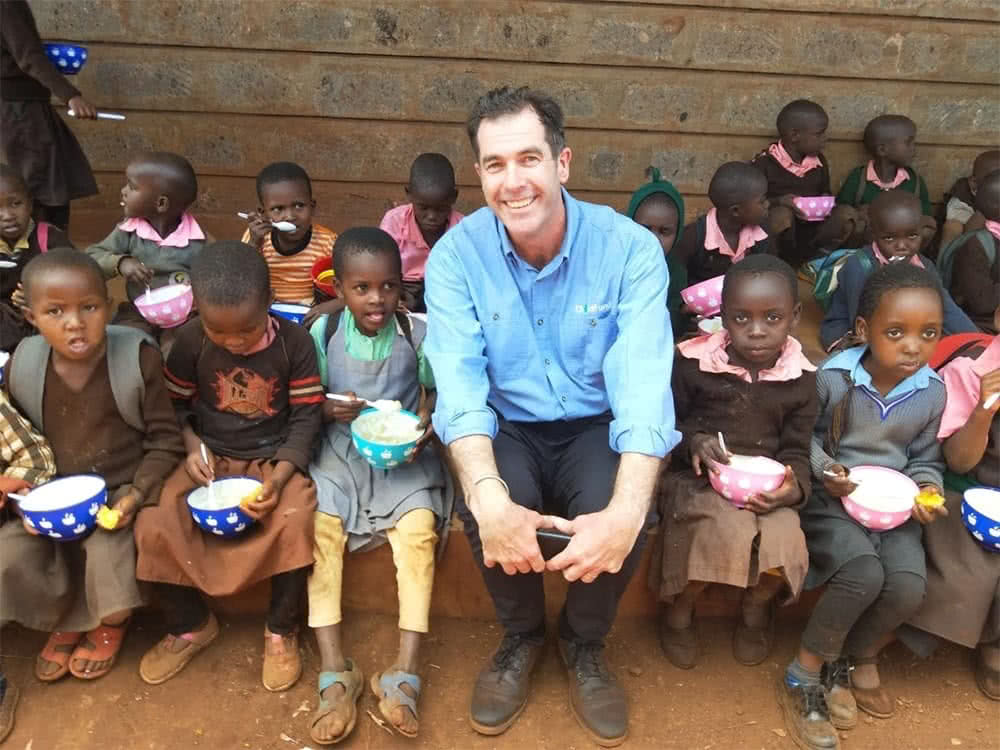
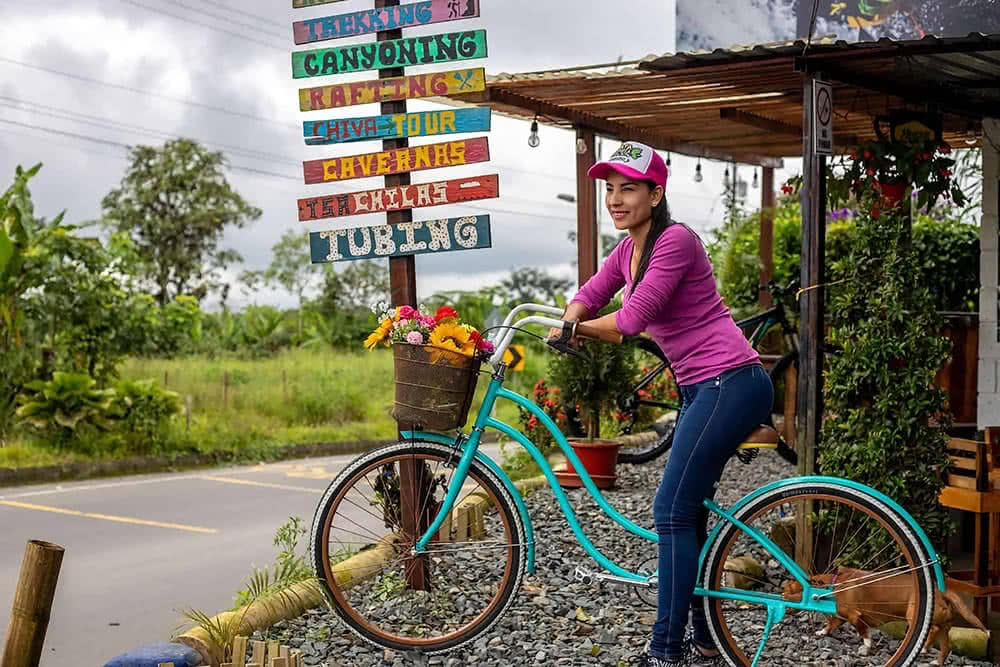
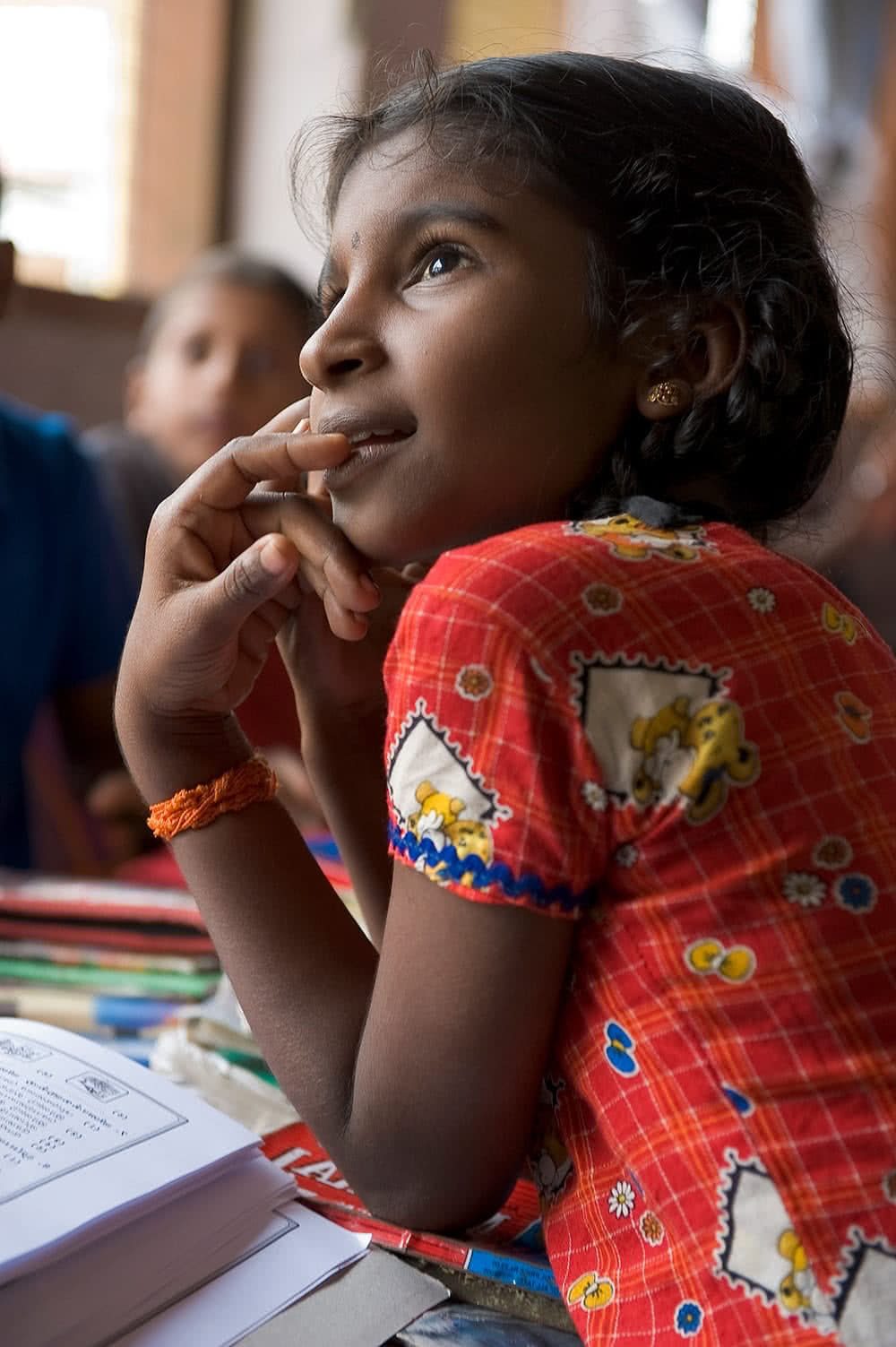

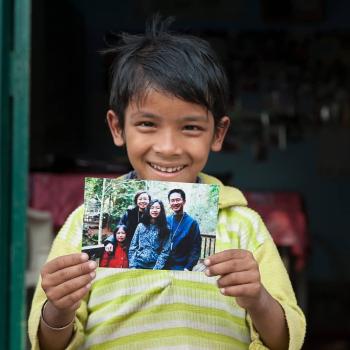
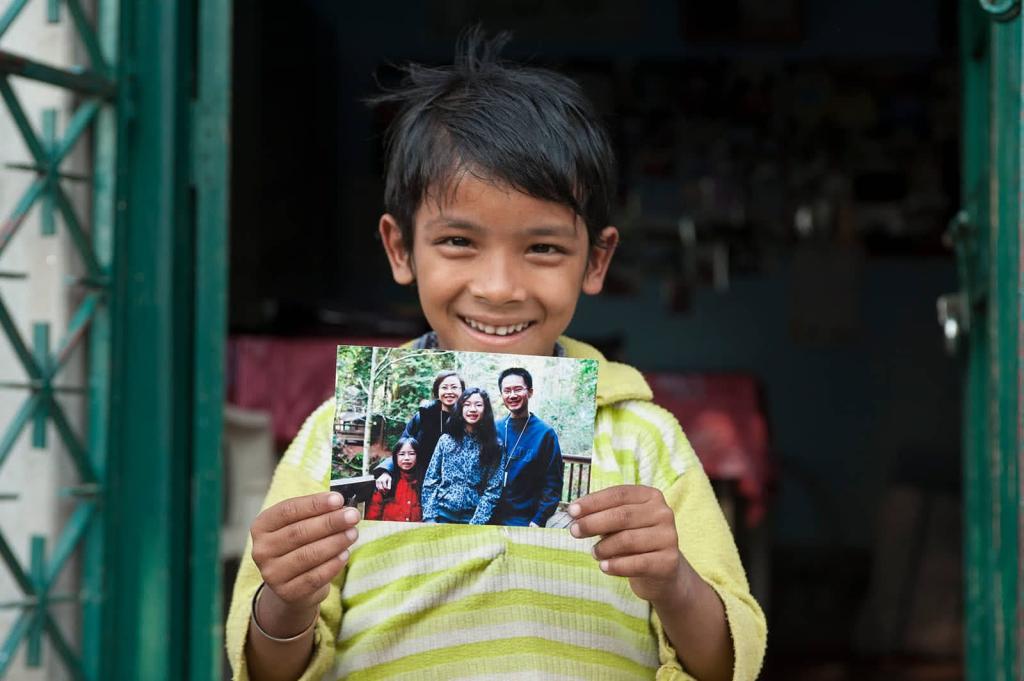
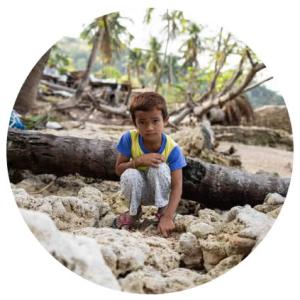
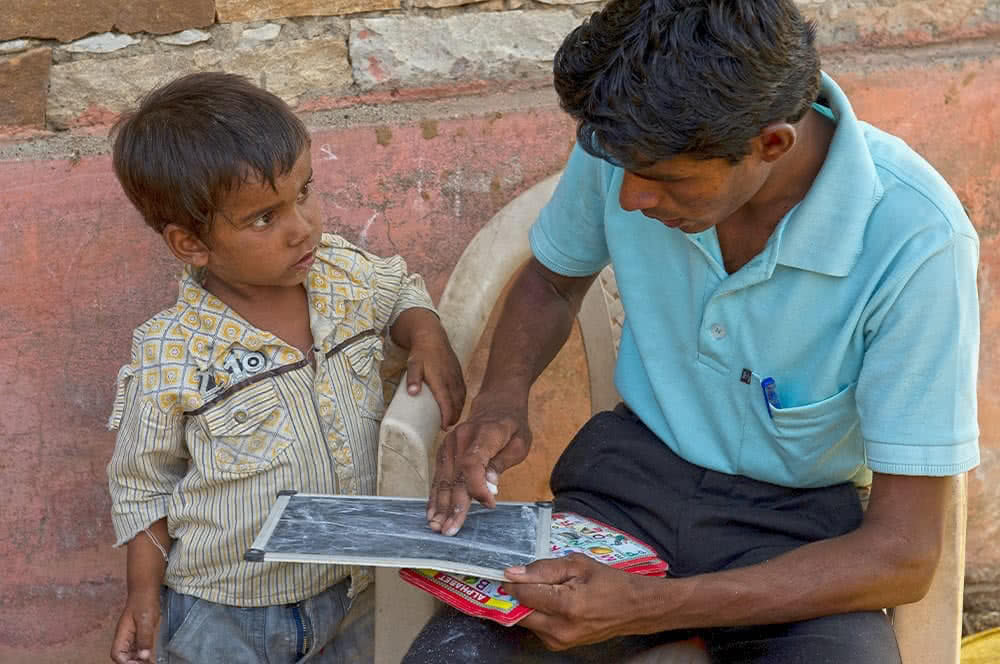
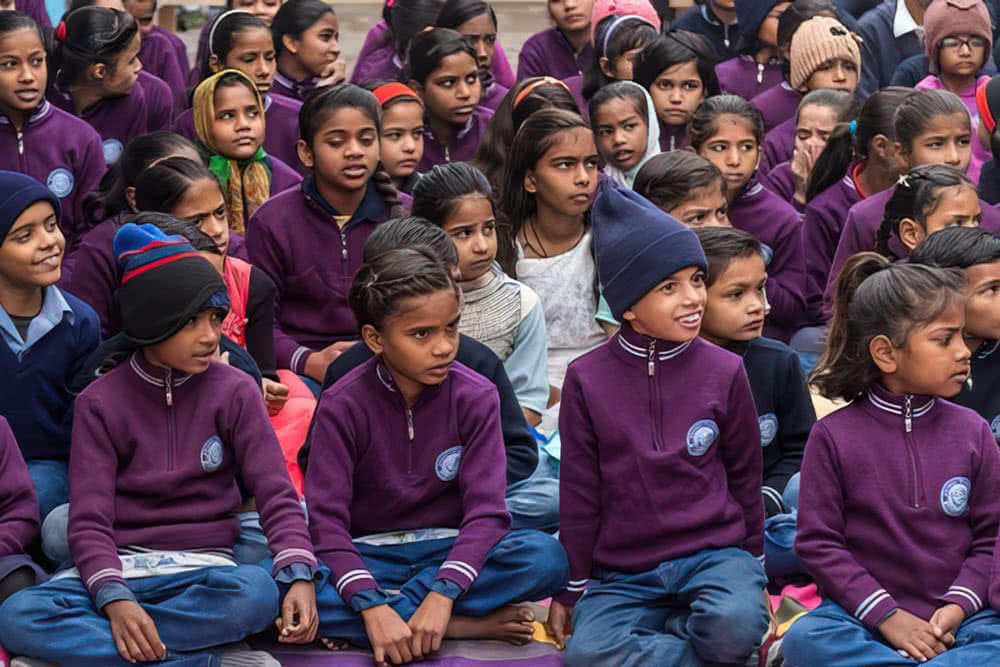
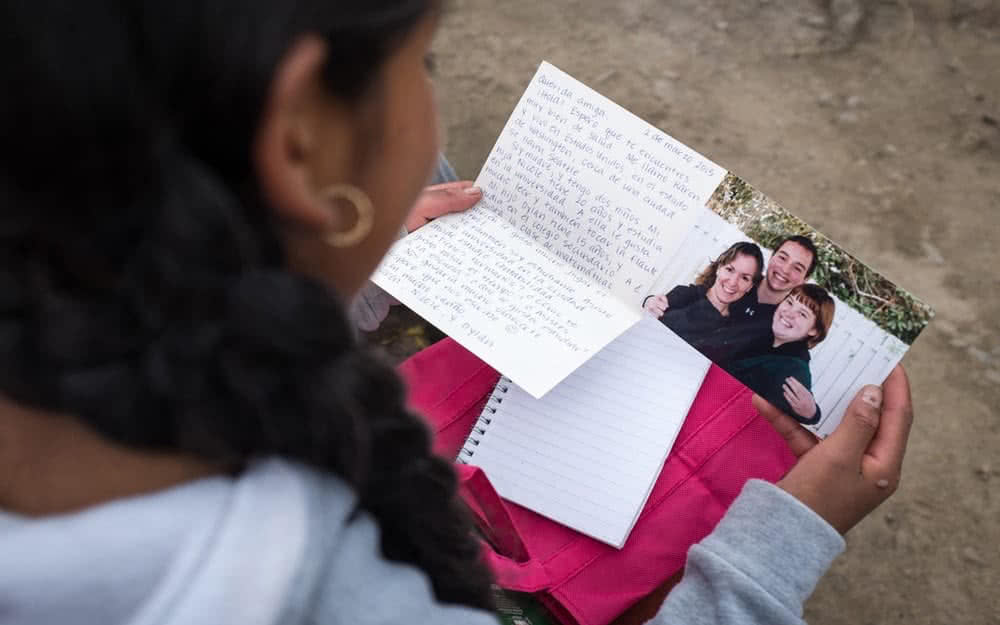
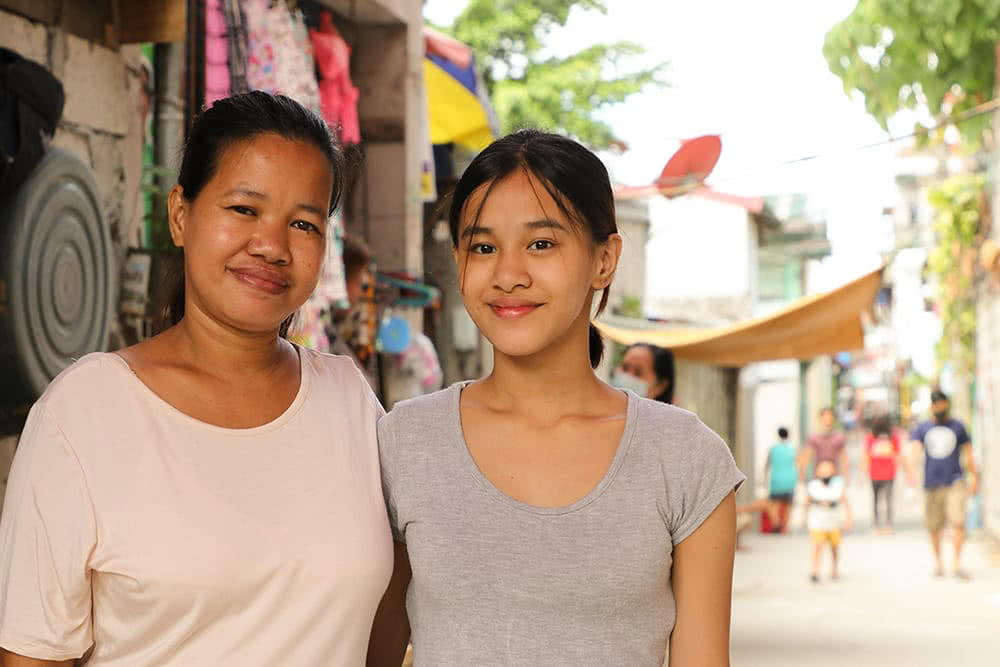
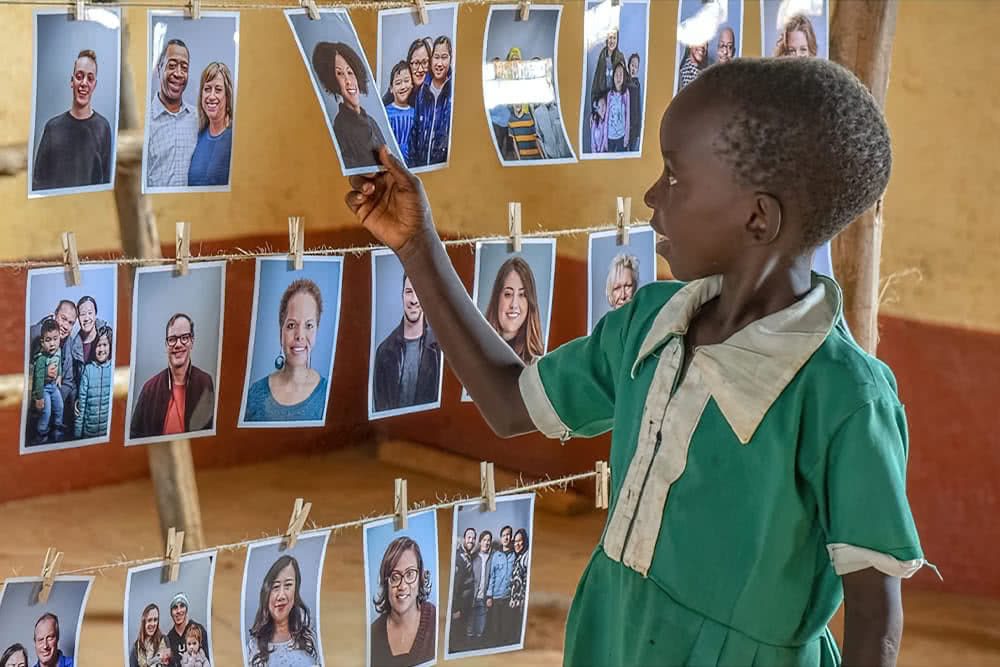
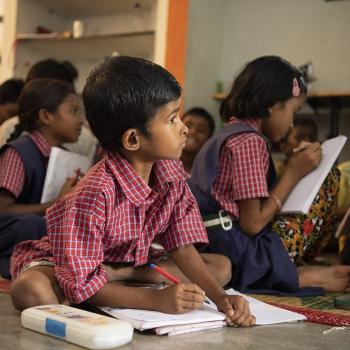
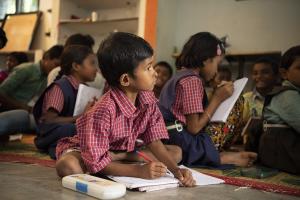
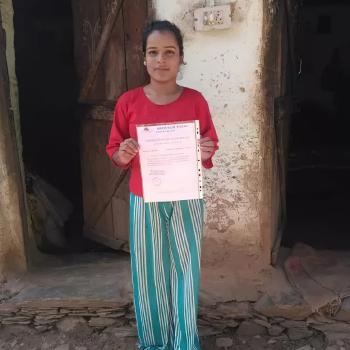
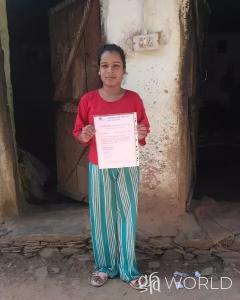
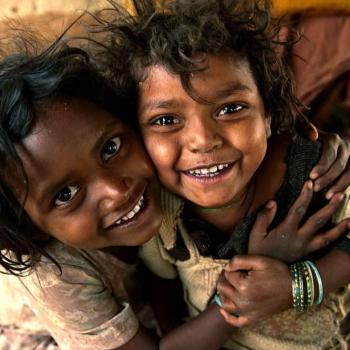
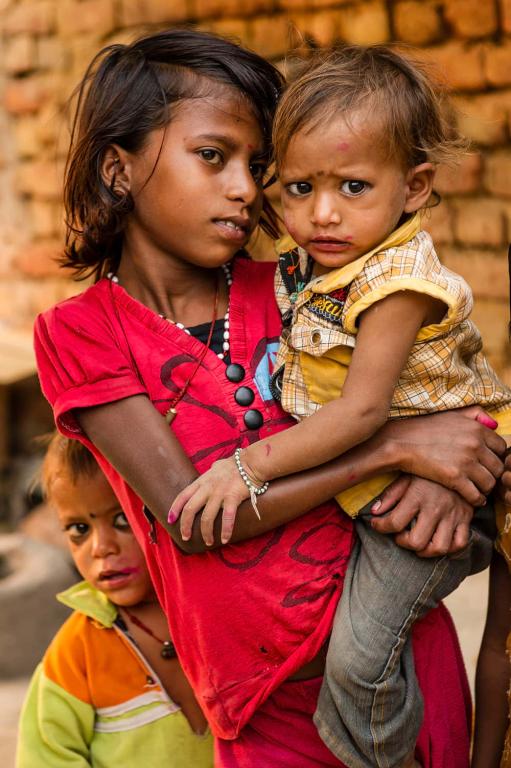
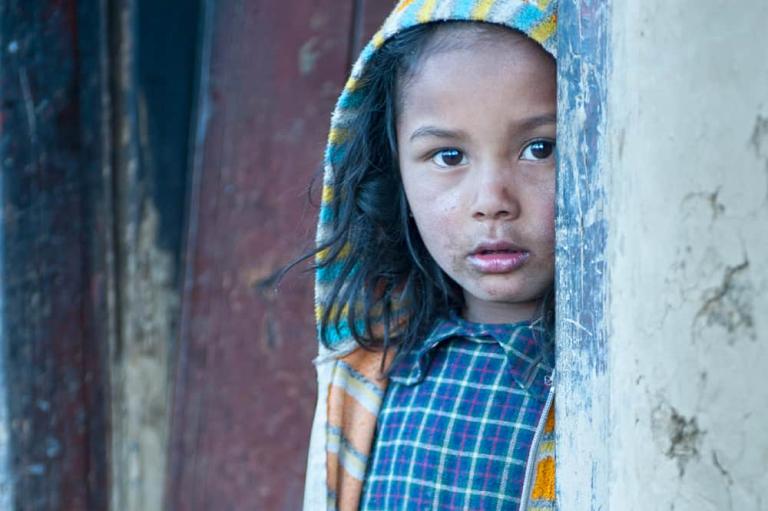
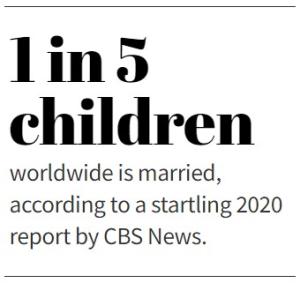 “Many girls practice prostitution in our cities and even in our churches. Their parents encourage them because they are desperate for food, so they encourage their 15-year-old daughters to have sex to bring in money. It’s a desperation trade: ‘You help me, and I will have sex with you.’”
“Many girls practice prostitution in our cities and even in our churches. Their parents encourage them because they are desperate for food, so they encourage their 15-year-old daughters to have sex to bring in money. It’s a desperation trade: ‘You help me, and I will have sex with you.’”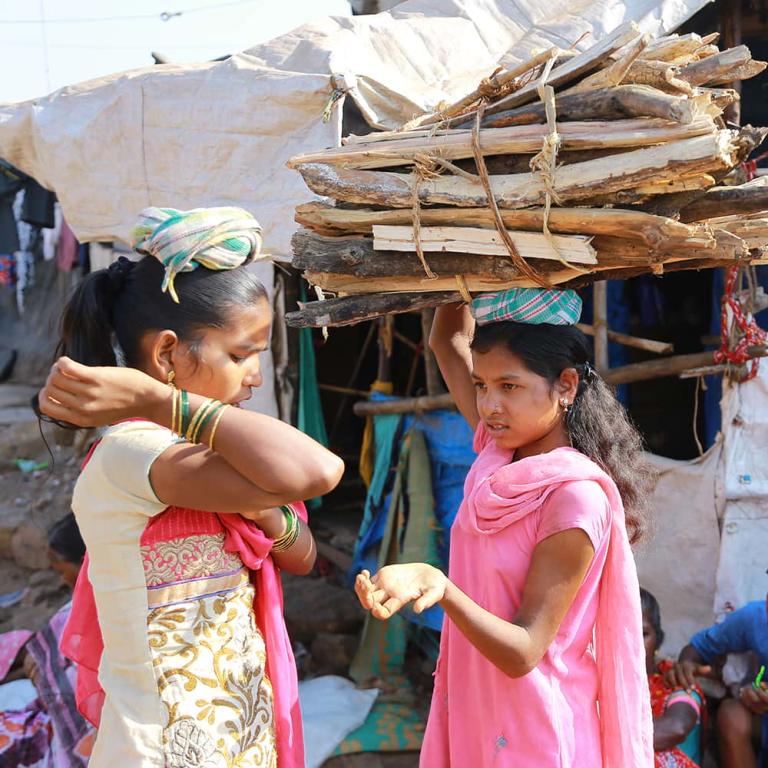
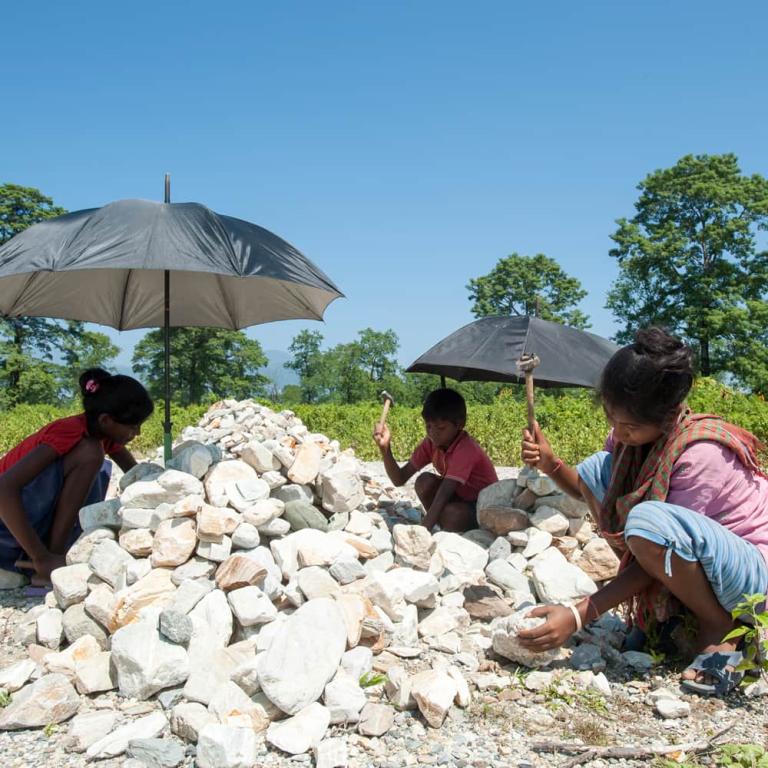
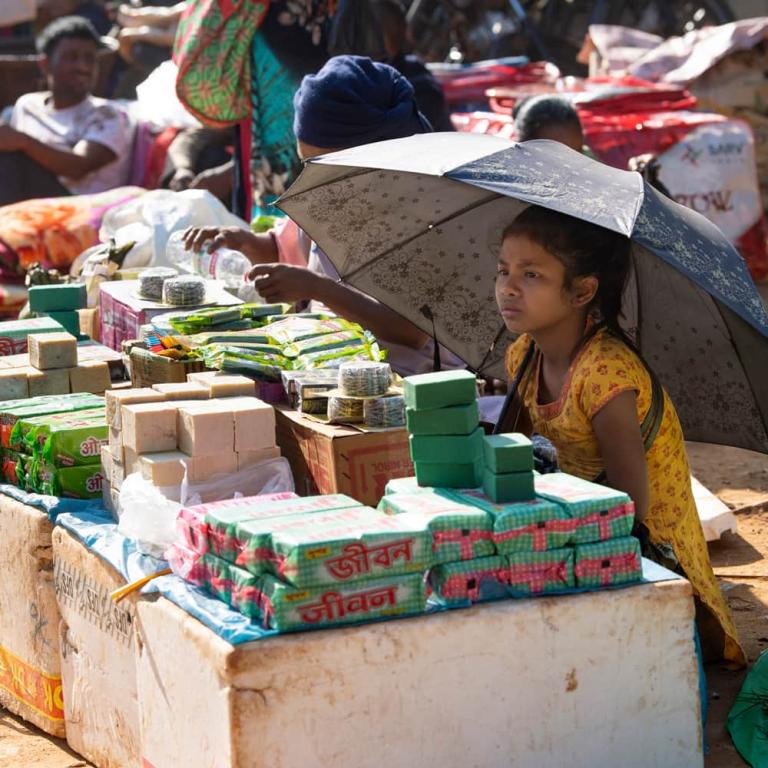
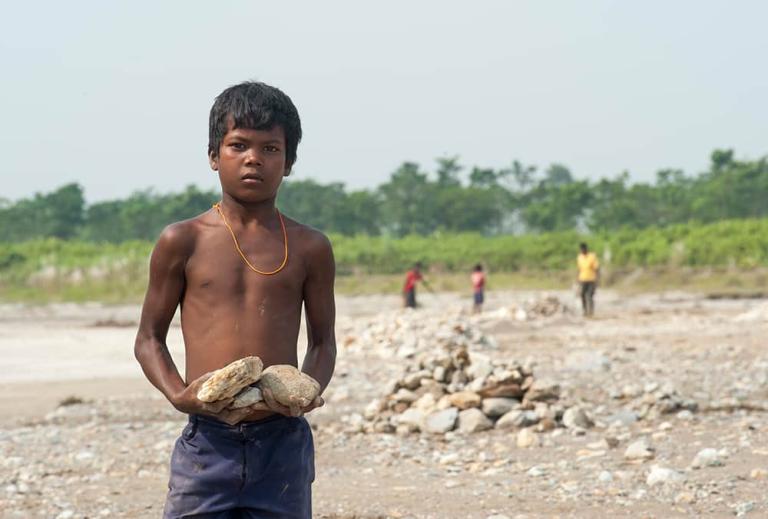
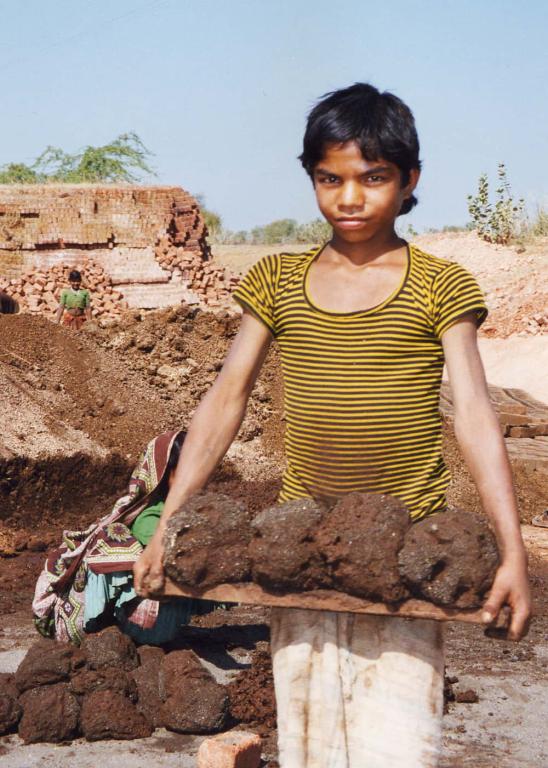
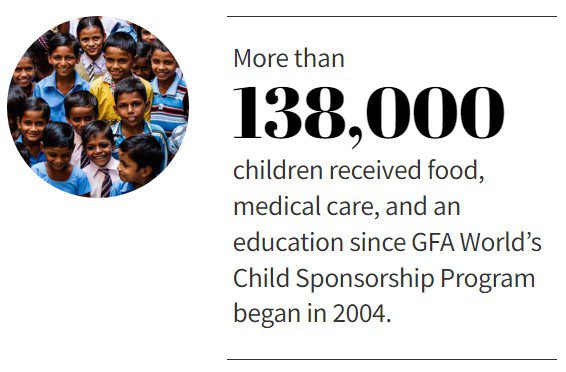
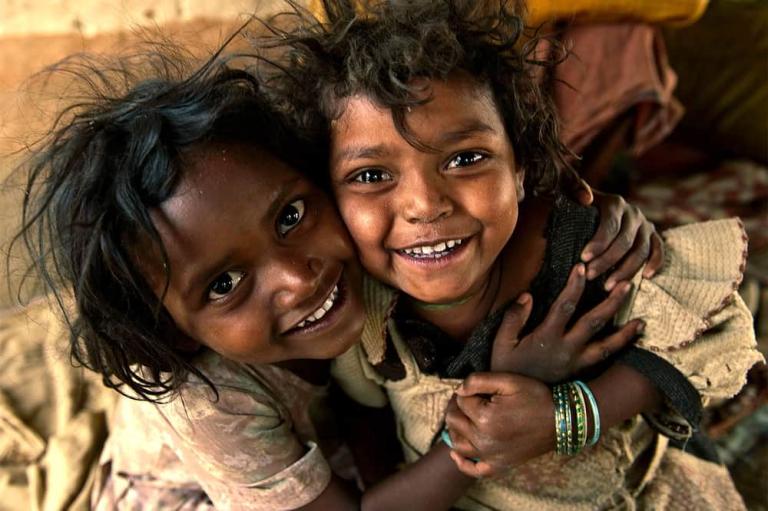
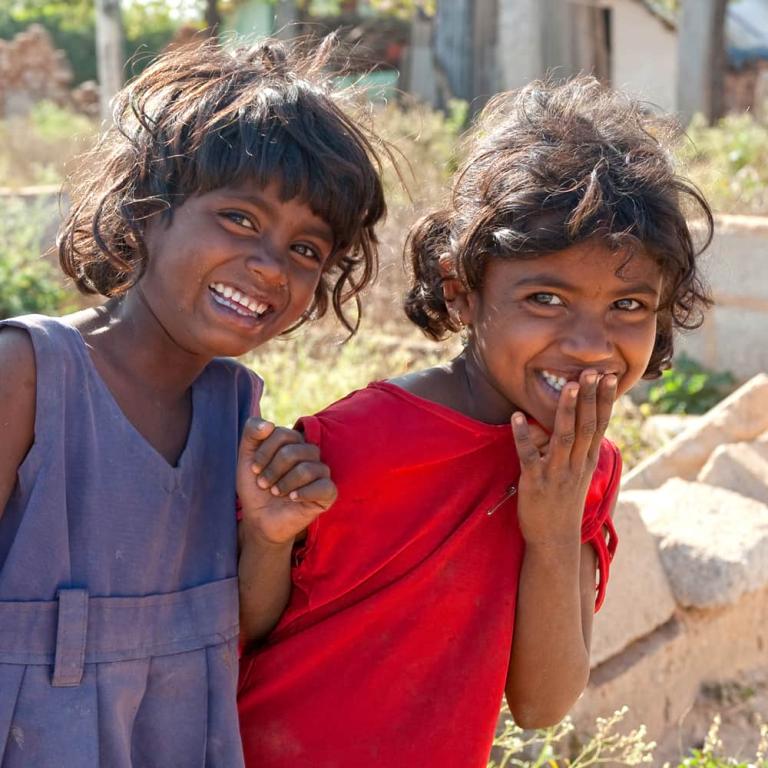
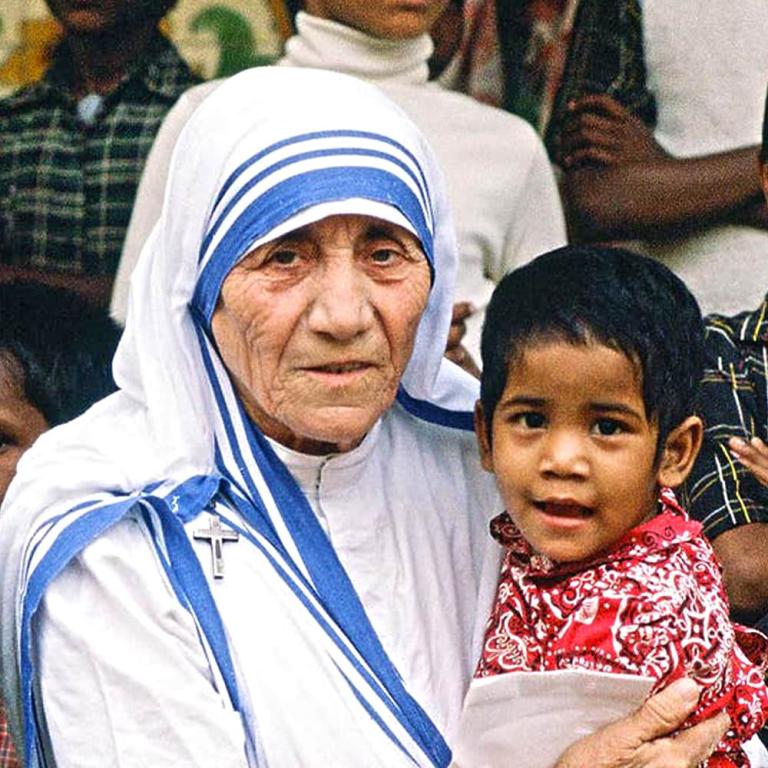
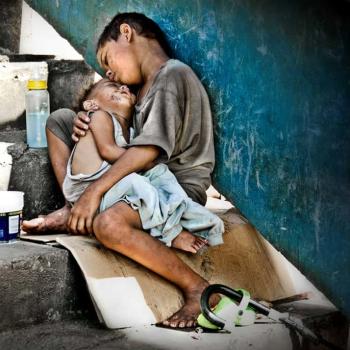
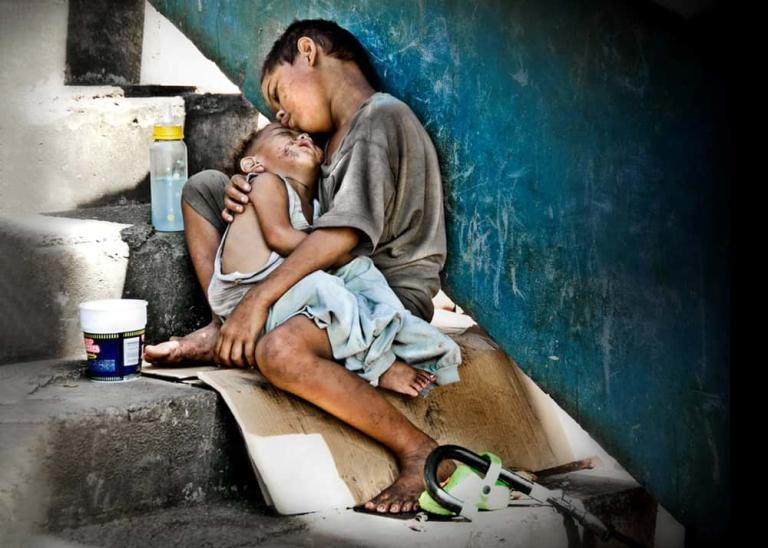
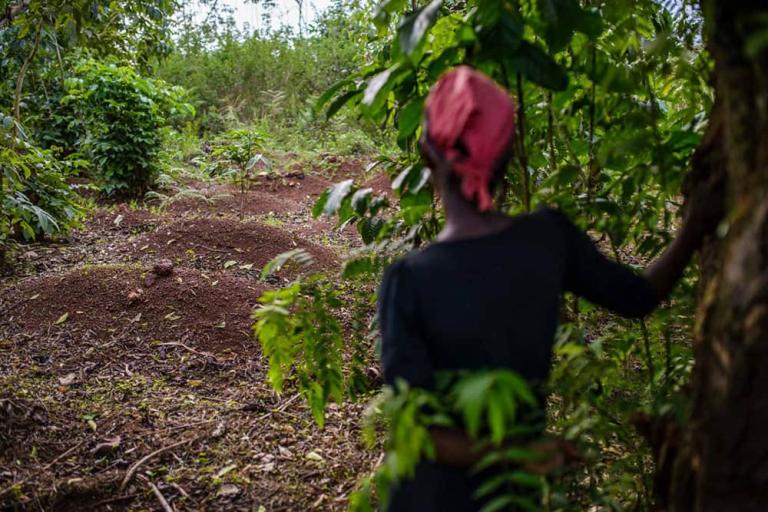
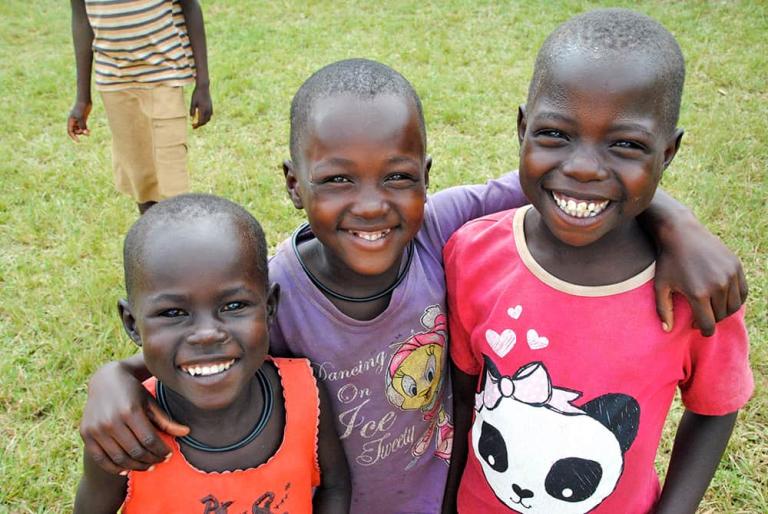
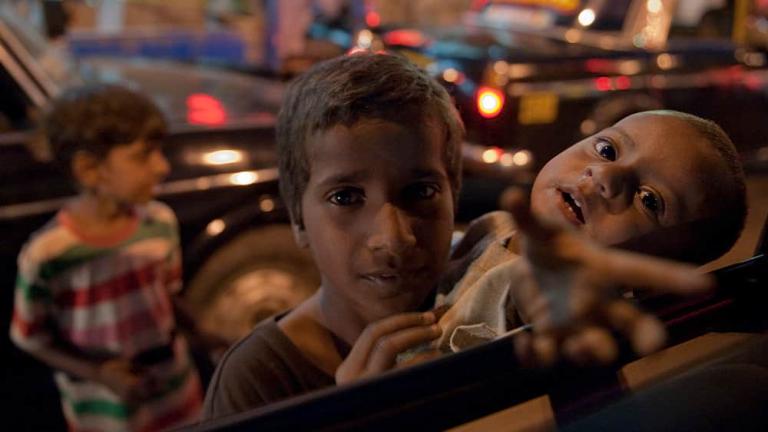
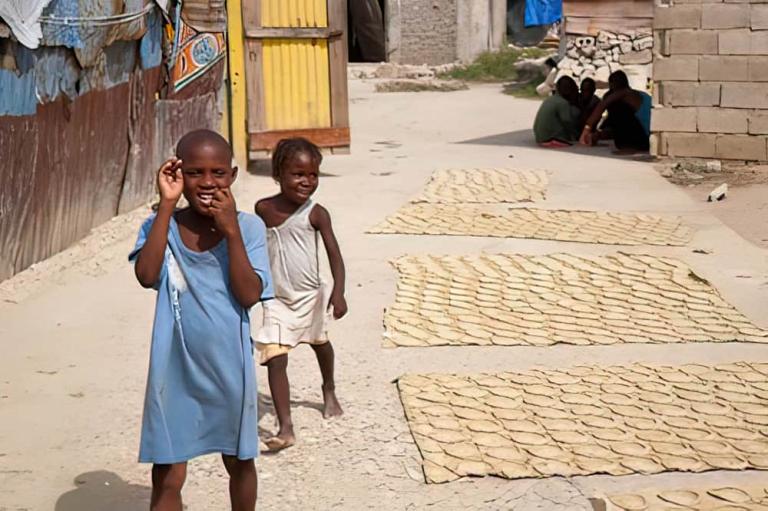
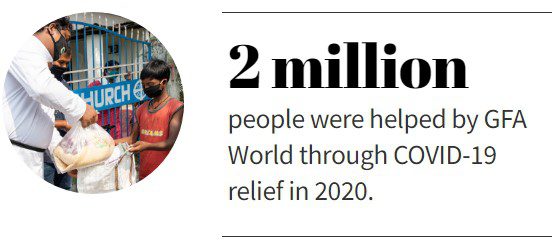
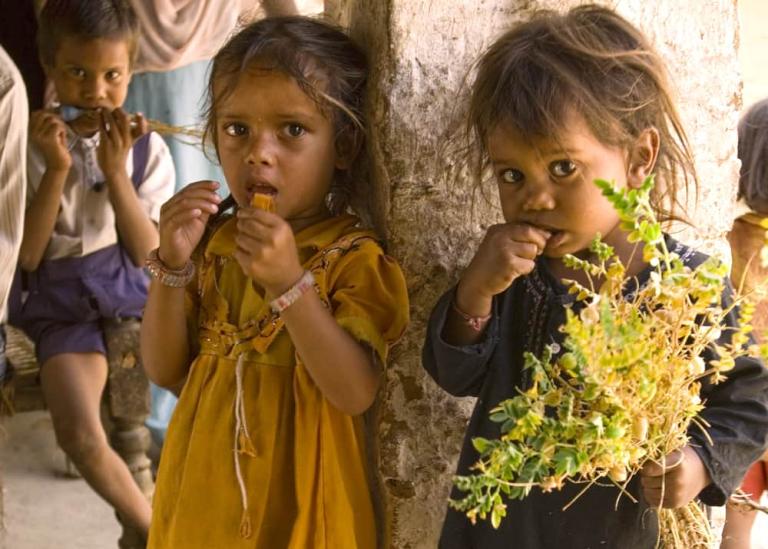
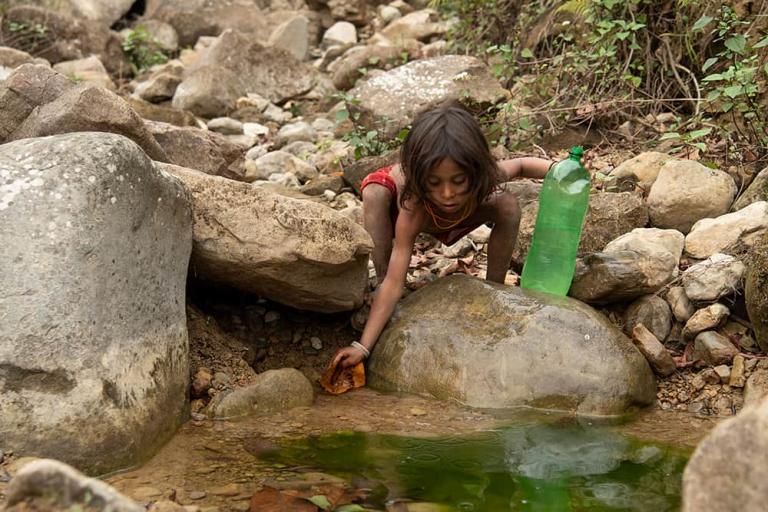
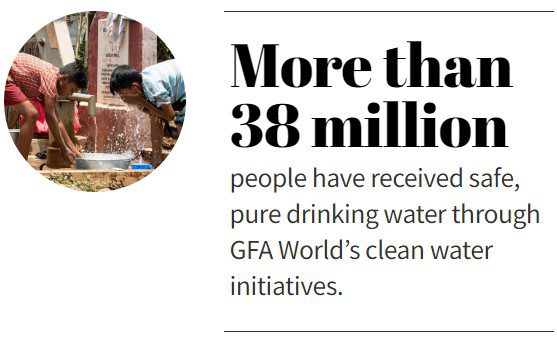
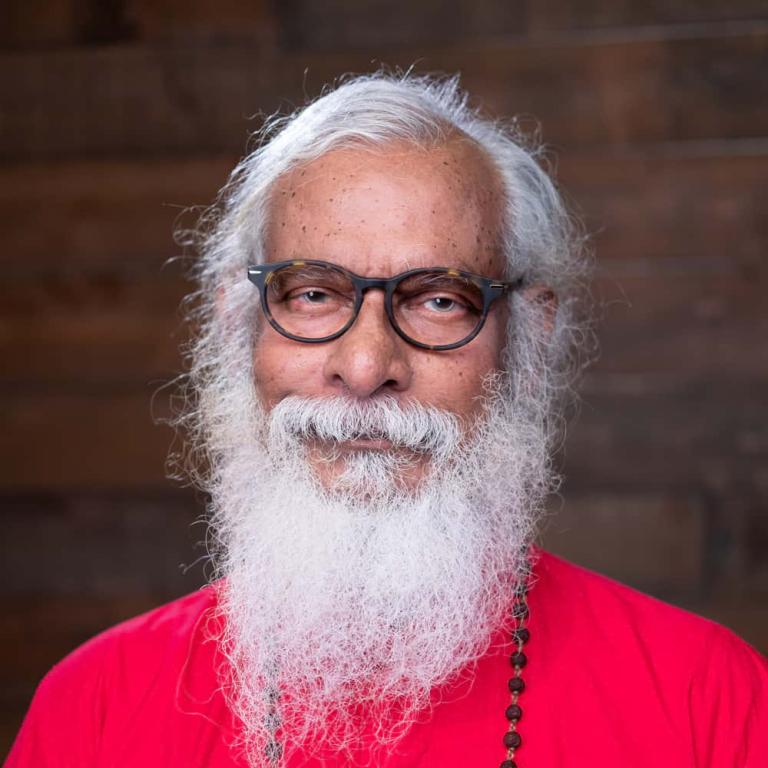
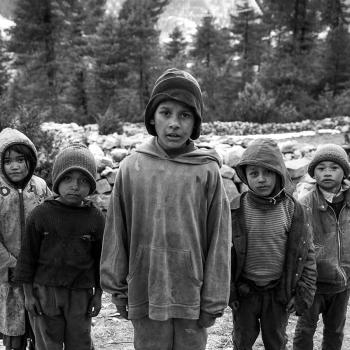
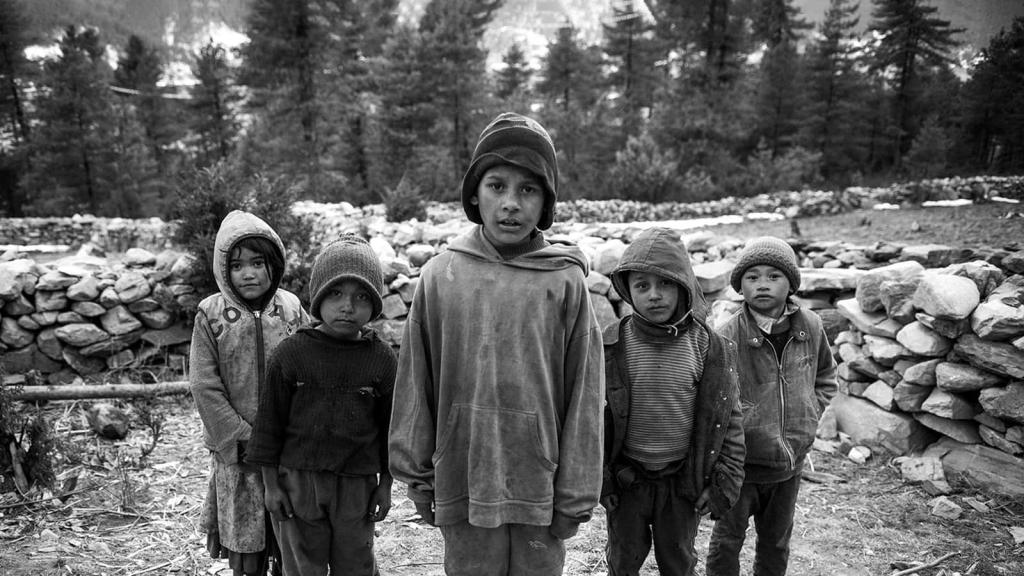
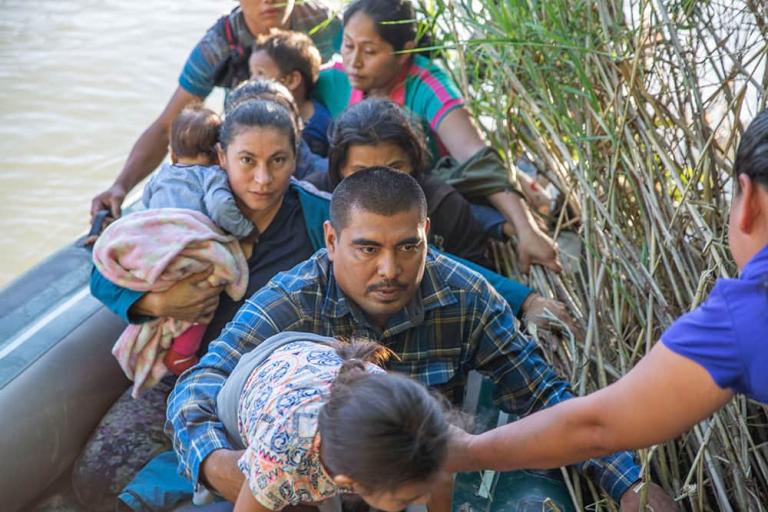
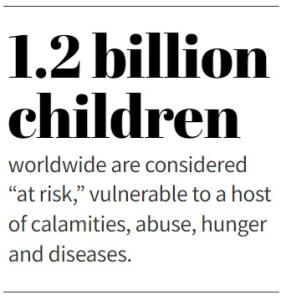 But this real-life scene often isn’t what it appears to be. The baby is not hers. She has actually rented the newborn from its mother or guardian so that her pleas for help solicit greater sympathy from passersby.
But this real-life scene often isn’t what it appears to be. The baby is not hers. She has actually rented the newborn from its mother or guardian so that her pleas for help solicit greater sympathy from passersby.